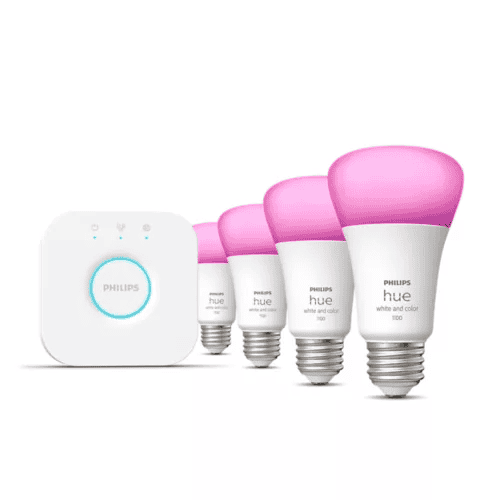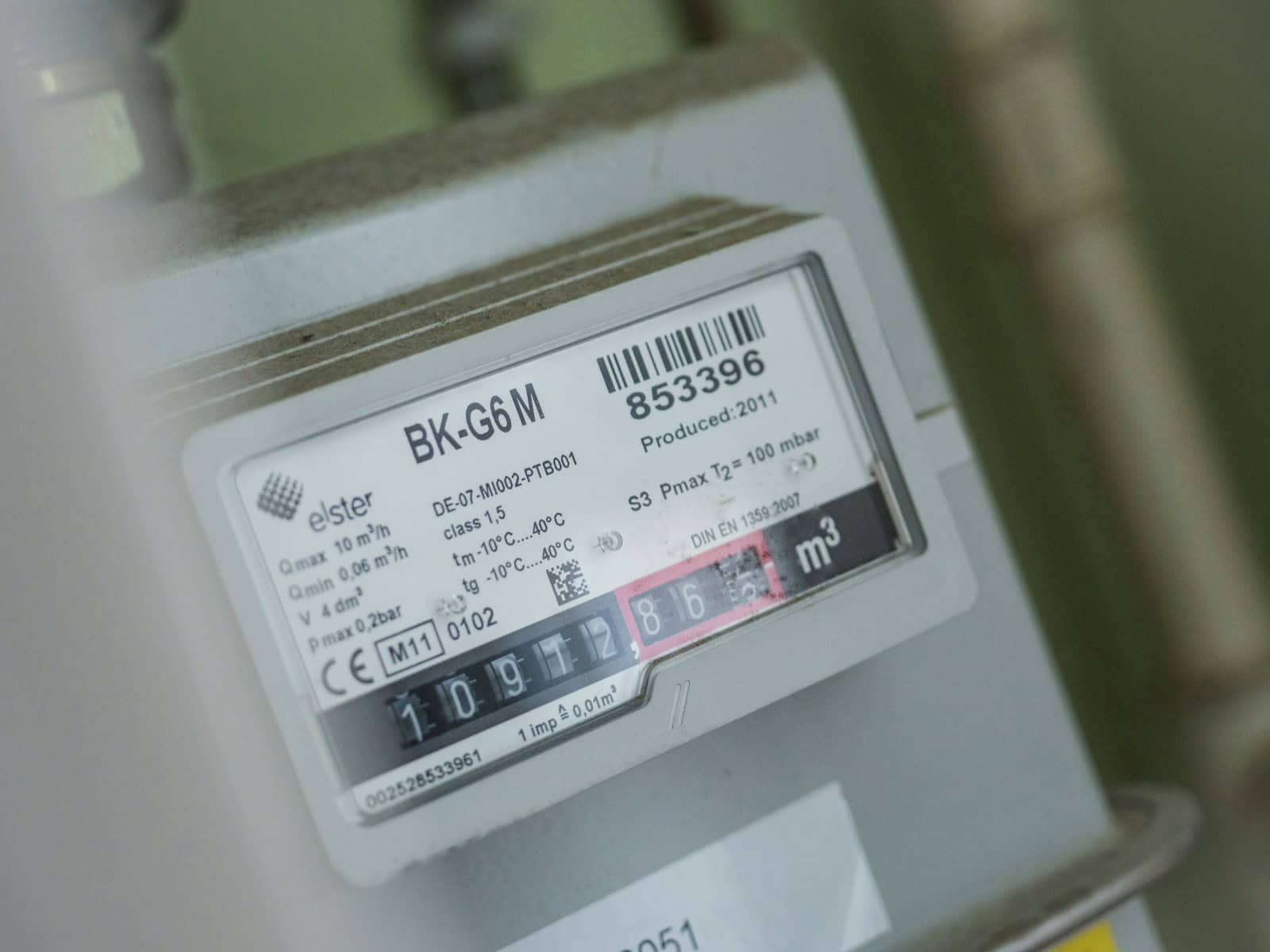The Internet of Things (IoT) has revolutionized how devices connect and communicate. It creates a vast network of smart objects that can share data and work together. IoT connectivity allows everyday items to become part of an interconnected digital ecosystem, enhancing their functionality and creating new possibilities for automation and efficiency.
IoT devices range from simple home gadgets to complex industrial sensors. They all share the ability to connect to the internet and exchange information. This connectivity is the backbone of IoT, enabling devices to send and receive data, update their software, and respond to commands remotely. It transforms ordinary objects into smart, responsive tools that can make decisions based on real-time information.
The growth of IoT connectivity has led to smarter homes, more efficient businesses, and improved city services. Smart thermostats can learn our habits and adjust temperatures automatically. Connected factories can monitor equipment health and predict maintenance needs. Even entire cities are using IoT to manage traffic, reduce energy use, and enhance public safety.

Internet of Things Connectivity
What is IoT Connectivity?
The Internet of Things (IoT) is a network of devices that can connect and share data. These “things” can be anything from a simple sensor to a complex machine. IoT connectivity is what makes this network possible. It refers to the ways these devices communicate with each other and the internet. This can be done through various technologies, including Wi-Fi, Bluetooth, and cellular networks.
Why is IoT Connectivity Important?
IoT connectivity is important because it allows devices to share data and work together. This can lead to many benefits, such as increased efficiency, improved safety, and new business opportunities. For example, IoT sensors in a factory can track production in real-time. This data can be used to improve efficiency and prevent problems.
Types of IoT Connectivity
There are many different types of IoT connectivity. The best type to use depends on the specific needs of the application. Some common types of IoT connectivity include:
- Wi-Fi: Wi-Fi is a common type of wireless networking. It is often used for home and office networks.
- Bluetooth: Bluetooth is a short-range wireless technology. It is often used to connect devices like headphones and keyboards to computers.
- Cellular: Cellular networks are used by mobile phones. They can also be used to connect IoT devices.
- LPWAN: LPWAN stands for Low-Power Wide-Area Network. This type of network is designed for long-range communication and low power consumption.

Choosing the Right IoT Connectivity
Choosing the right type of IoT connectivity is important. Factors to consider include range, power consumption, data rate, and cost. For example, a device that needs to send a lot of data will need a high data rate connection. A device that needs to operate for a long time on battery power will need a low power consumption connection.
Comparison of IoT Connectivity Technologies
| Technology | Range | Power Consumption | Data Rate | Cost |
|---|---|---|---|---|
| Wi-Fi | Short | High | High | Low |
| Bluetooth | Short | Low | Medium | Low |
| Cellular | Long | High | High | High |
| LPWAN | Long | Low | Low | Medium |
The Future of IoT Connectivity
The future of IoT connectivity is bright. New technologies are being developed that will make it even easier to connect devices. These technologies will also make it possible to connect more devices and share more data. This will lead to even more benefits from the IoT. As the IoT continues to grow, connectivity will become even more important.
Categories Of IoT Devices
Consumer IoT
This category encompasses devices and appliances designed to enhance convenience and comfort within homes and personal lifestyles. These devices often focus on automation, entertainment, and remote control, contributing to the concept of “smart homes.”

| Product | Description |
|---|---|
| Amazon Echo | Voice-controlled smart speaker with a personal assistant (Alexa) for tasks, information, and home automation. |
| Philips Hue Smart Bulbs | Wireless LED light bulbs controllable via smartphone apps, offering color customization and automation features. |
| Nest Learning Thermostat | Programmable thermostat that learns user preferences and adjusts home temperatures for energy efficiency and comfort. |
| Roomba Robot Vacuum | Autonomous robotic vacuum cleaner that navigates and cleans floors, often with scheduling and smart mapping capabilities. |
| Apple Watch | Wearable smartwatch that tracks fitness, provides notifications, and offers various apps for communication and convenience. |
Industrial IoT (IIoT)
IIoT involves interconnected sensors, instruments, and other devices within industrial settings like manufacturing, energy, and transportation. This category focuses on improving operational efficiency, safety, and productivity through data analysis and automation.

| Product | Description |
|---|---|
| Predictive Maintenance Sensors | Sensors attached to machinery to monitor performance and predict potential failures, enabling proactive maintenance and reducing downtime. |
| Smart Meters | Advanced utility meters that track energy consumption in real-time, providing data for optimization and billing purposes. |
| Automated Guided Vehicles (AGVs) | Mobile robots used in warehouses and factories for material handling, optimizing logistics and workflow efficiency. |
| Industrial Robots | Programmable robots used for tasks like welding, assembly, and painting, improving precision, speed, and safety in manufacturing. |
| Environmental Monitoring Systems | Networks of sensors that track environmental conditions like temperature, humidity, and air quality in industrial settings. |
Healthcare IoT
This category includes devices and applications focused on patient care, remote monitoring, and improving healthcare outcomes. These technologies enable real-time health tracking, data-driven insights, and more efficient healthcare delivery.

| Product | Description |
|---|---|
| Remote Patient Monitoring Devices | Wearable or implanted sensors that track vital signs and transmit data to healthcare providers for remote monitoring of patients. |
| Smart Beds | Hospital beds equipped with sensors to monitor patient position, pressure, and other factors, enhancing safety and comfort. |
| Connected Inhalers | Inhalers with sensors that track medication usage and provide reminders, helping patients manage respiratory conditions. |
| Ingestible Sensors | Tiny sensors in pill form that transmit data from inside the body, providing insights into digestive health and medication effectiveness. |
| Electronic Health Records (EHR) Systems | Digital platforms for storing and sharing patient medical records, improving coordination and access to information. |
Smart Cities and Infrastructure IoT
This category encompasses technologies used to improve urban living, resource management, and infrastructure efficiency. These applications often involve interconnected sensors and systems for traffic management, environmental monitoring, and public safety.

| Product | Description |
|---|---|
| Smart Streetlights | Energy-efficient streetlights with sensors that adjust brightness based on ambient light and traffic, optimizing energy usage. |
| Smart Parking Systems | Sensors and systems that monitor parking space availability, guiding drivers to open spots and improving traffic flow. |
| Environmental Monitoring Sensors | Sensors deployed in cities to track air quality, noise levels, and other environmental factors, informing urban planning and public health initiatives. |
| Smart Waste Management Systems | Sensors in waste bins that monitor fill levels, optimizing waste collection routes and reducing overflow. |
| Connected Traffic Signals | Traffic signals that adapt to real-time traffic conditions, improving traffic flow and reducing congestion. |
Key Takeaways
- IoT connects everyday objects to the internet, making them smart and interactive
- IoT devices use various connectivity methods to share data and work together
- The growth of IoT is creating smarter homes, businesses, and cities
Core Aspects of IoT Connectivity
IoT connectivity enables devices to communicate and share data. It relies on various technologies and protocols to create a seamless network of smart objects.
Network Infrastructure and Protocols
IoT devices use different ways to connect. Wi-Fi is common in homes and offices. Cellular networks like 5G help connect devices over long distances. Bluetooth works for short-range connections. Other protocols like Zigbee and LoRaWAN are made for IoT.
MQTT and CoAP are popular messaging protocols. They help devices send data efficiently. HTTP is also used, but it’s less common in IoT. The choice of protocol depends on the device’s needs.
Network types vary too. Mesh networks let devices talk to each other directly. This can improve range and reliability. Star networks have a central hub that all devices connect to.
Security and Privacy in IoT
Security is crucial in IoT. Hackers can attack weak devices to steal data or cause harm. Good security starts with strong passwords and encryption. Regular updates fix security holes.
Privacy is also important. IoT devices collect a lot of data. This data can reveal personal info. Users should know what data is collected and how it’s used. Companies need to protect this data well.
IoT security faces unique challenges. Many devices have limited power and memory. This makes it hard to use strong security measures. The large number of devices also makes it hard to manage security across a network.
Applications and Implementation
IoT has many uses across industries. In healthcare, wearables track patient health. Smart factories use sensors to improve production. Farmers use IoT to monitor crops and soil.
Smart homes are a popular IoT application. Smart thermostats save energy. Security cameras protect homes. Voice assistants control other smart devices.
Cities use IoT too. Smart traffic lights reduce congestion. Waste management systems use sensors to optimize collection routes. These applications make cities more efficient.
Integration with Emerging Technologies
IoT works well with other new tech. AI and machine learning help make sense of IoT data. They can spot patterns and make predictions. This leads to better decisions.
Cloud computing stores and processes IoT data. It provides the power needed to handle large amounts of information. Edge computing brings processing closer to devices. This can reduce latency and save bandwidth.
Big data tools help analyze IoT data. They can handle the huge amounts of info IoT devices create. This analysis leads to new insights and better services.
Challenges and Advancements
IoT faces several challenges. Device management is hard at a large scale. Keeping all devices updated and working is a big task. Power use is another issue. Many IoT devices need to run on batteries for long periods.
Interoperability is also a problem. Different devices and systems need to work together. Standards help, but there’s still work to be done.
Advancements are helping solve these issues. New low-power chips extend battery life. Better protocols improve communication. AI is making device management easier. As IoT grows, these advances will help it reach its full potential.







